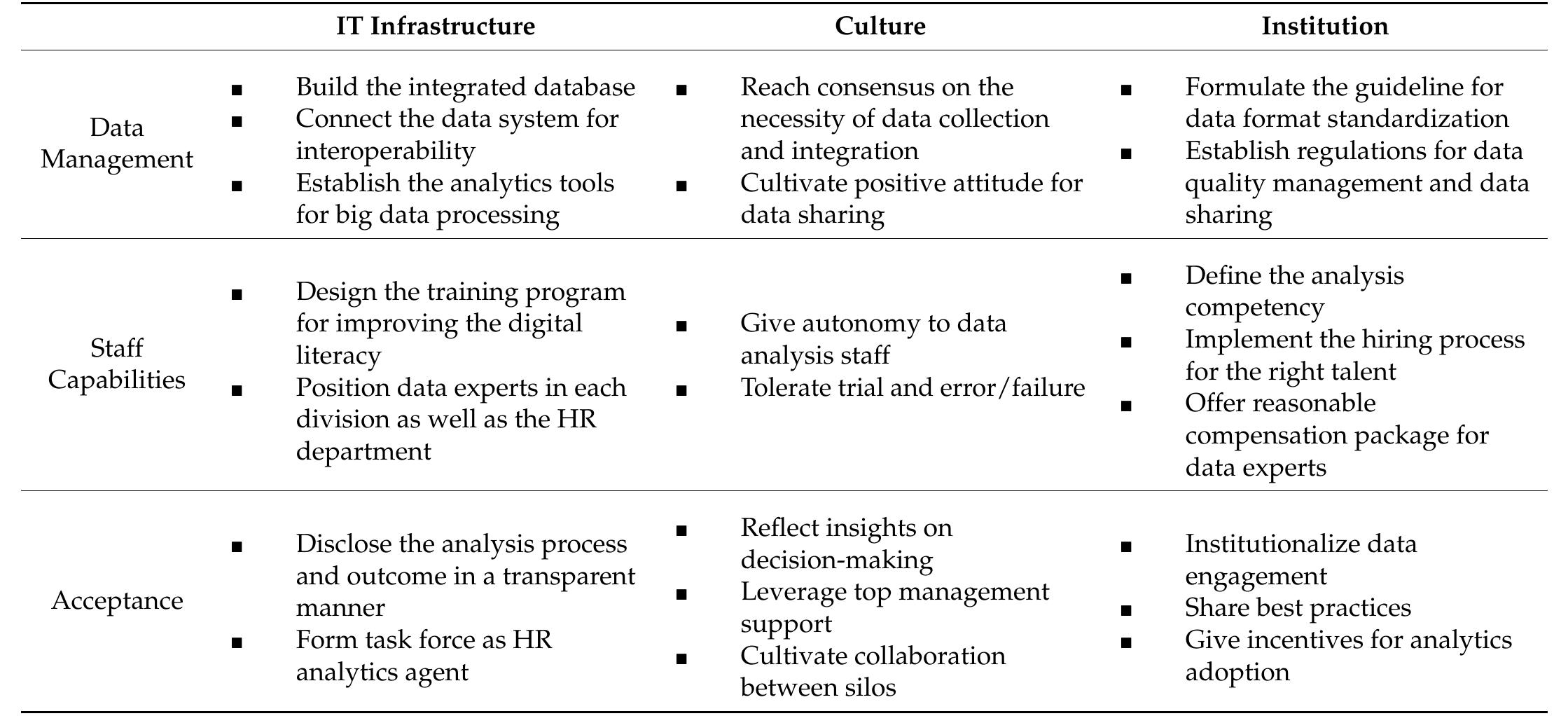Figure 1 – uploaded by Hemin Choi

Figure 1 summarizes the five common elements of the HR analytics process as sug- gested by the literature. The first step (“Define”) is to define the problem and subject of analysis clearly. The second stage (“Collect”) is sourcing, collecting, and securing appropri- ate data. In the third stage (“Analyze”), the relevant analytical framework is implemented. The fourth step (“Share”) involves sharing the insights derived from the analysis results with members of the organization through storytelling. The final step (“Reflect”) is decision making and implementation based on the analysis results. As the ultimate goal of HR analytics is to support an organization’s strategic decision making, all steps should be accompanied by meaningful actions and genuine feedback. In the “Define” stage of the HR analytics process in the public sector, it is important to clearly identify the problem and subject of analysis. This involves understanding the specific organizational issues that need to be addressed in the public sector, taking into account the unique nature of the government organizations. HR analytics should consider factors such as the goals of the public organization, the needs and expectations of citizens and other stakeholders, and the legal and regulatory environment in which the organization operates. They should also think about the expected results of the HR analytics process, including how the insights and recommendations generated through the process will be used to improve public personnel management and support the government's overall mission.

